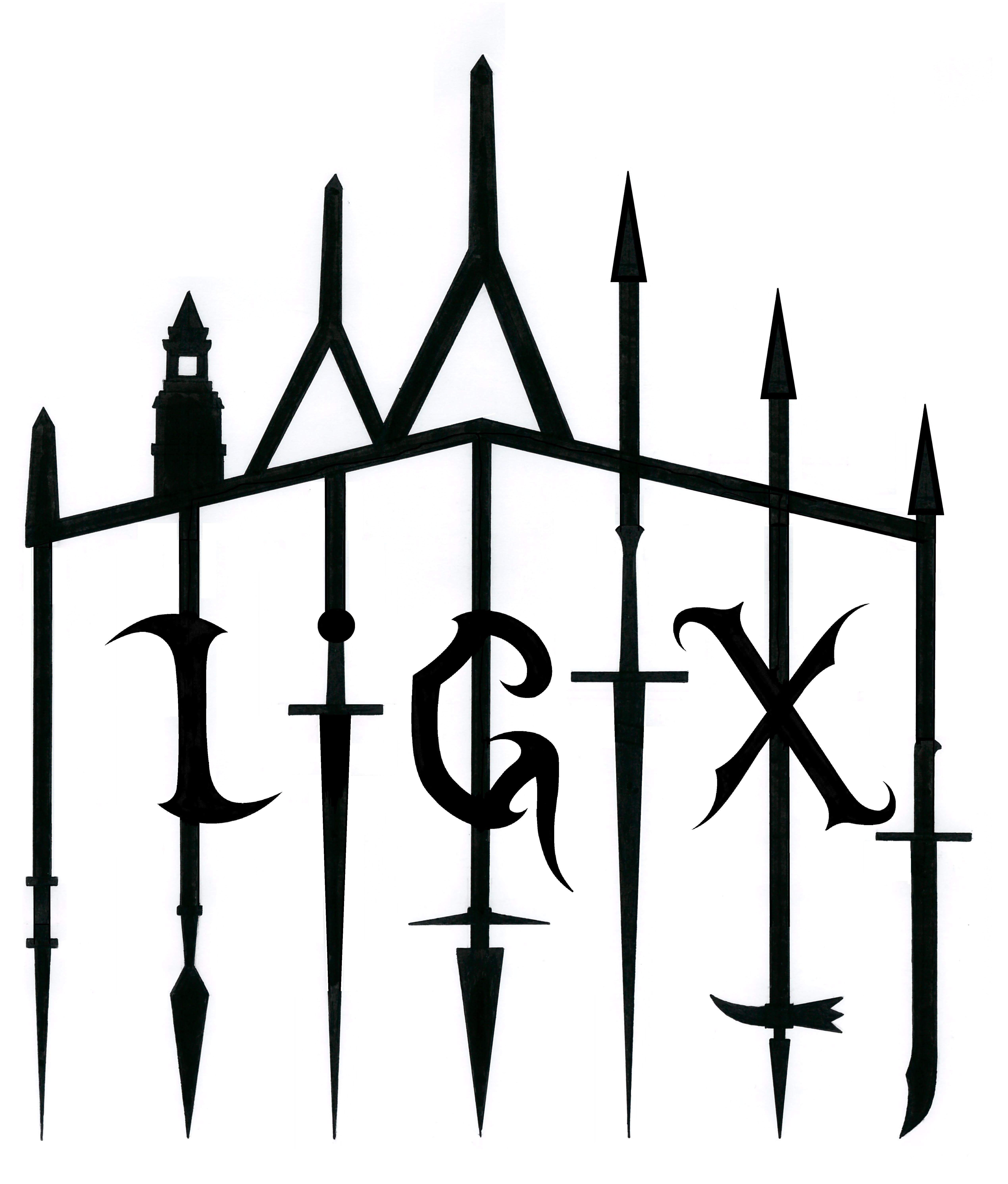

This is a more explicit and detailed version of the general requirements in the tournament guidelines.
In general if you are wondering, ask now. “I didn’t know” is not enough to let us let you into the tournament with unsafe gear, and during the heat of a tournament is absolutely the wrong time to realize your gear is not up to snuff.
Longswords:
Note: All models of sword not featuring an integral safety tip/button/rolled tip at least 1cm wide must be tipped with a metal washer (or equivalent), covered by sturdy leather or a rubber blunt, and secured with strong tape.
The following list are approved makers and models:
|
|
|
|
|
|
|
|
|
|
|
|
|
Specifically disapproved swords that will not be allowed:
Single-handed swords:
Single handed swords are a much larger field to discuss but similar restrictions apply. Points must be tip protected. The blade must be reasonably flexible in the thrust and not too heavy.
Examples of approved swords:
Single-handed swords designed for sparring from known manufacturers (see the Longsword feder list).
Darkwood and other standard rapiers
Examples of disapproved swords:
Most messer replicas (awesome, but too heavy and stiff for safe tournament fighting)
Aluminum sabers (can’t take contact with steel, no flex)
Some loaner weapons will be available for the mixed weapon tournament.
Head:
Mask with back of head protection in good condition (i.e. not significantly dented or rusted). If you have doubts, buy a new one and protect your head. Steel helmets may be permitted assuming they provide as good or better thrust and cut protection to a fencing mask, ask if you are unsure.
Sturdy neck protection is required. If in doubt, imagine one of your friends thrusting you in the neck with a steel tournament feder with forceful and competitive intent. If that sounds or feels like a really bad plan, you need better neck protection.
Hands (Longsword):
Note: While steel gauntlets are permitted, you may not strike with them during a match in any way. You may grapple.
Approved gloves/gauntlets:
|
|
|
|
|
|
|
|
Lacrosse or Red Dragon gloves will be approved only with the addition of significant hard plating (not just finger cups), and will be pre-approved prior to tournament start. Again, we will not let you break your hand just because you want to.
Hands (Mixed Weapon):
For single handed cutting weapons, a slightly less protective glove may be used, though we encourage you to use as protective of a glove as you can fit on the weapon grip. This includes:
Leather or lightly padded gloves will not be permitted on open hilts. Because it is already protected, the hand holding a buckler, or inside an enclosed basket or rapier hilt, may use a light glove. Consider protecting your wrist in this case if it is not enclosed in a basket.
As an exception, for matches between single handed thrusting weapons such as the rapier and small sword, light gloves will be permitted.
Hands (dagger):
Dagger fighters must use padded gloves. Lacrosse or other light gloves are sufficient. Steel gauntlets are not permitted for the Dagger Tournament.
All the other bits: